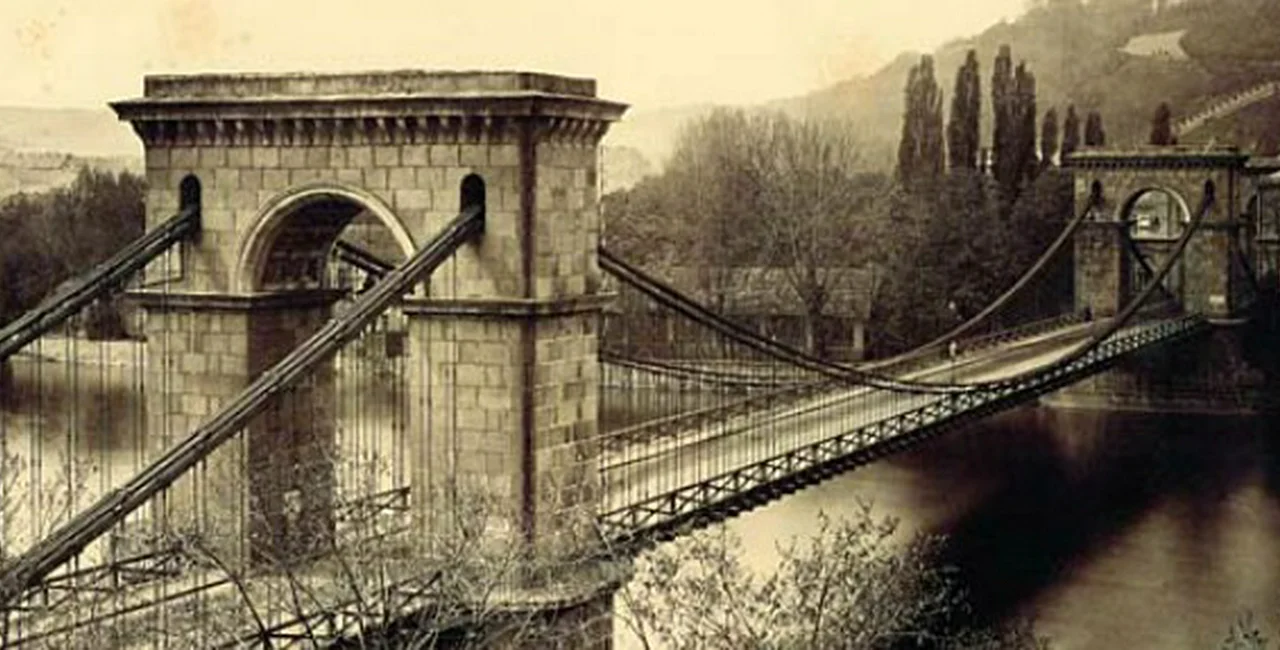During its long history, Prague has witnessed a number of changes. This is only to be expected as it grew and modernized. However, in the process, some rather interesting structures have been lost. Here is a selection of seven, which reveal a curious side to the city’s history.
Svatováclavské lázně (St. Wenceslas Baths)
PARTNER ARTICLE
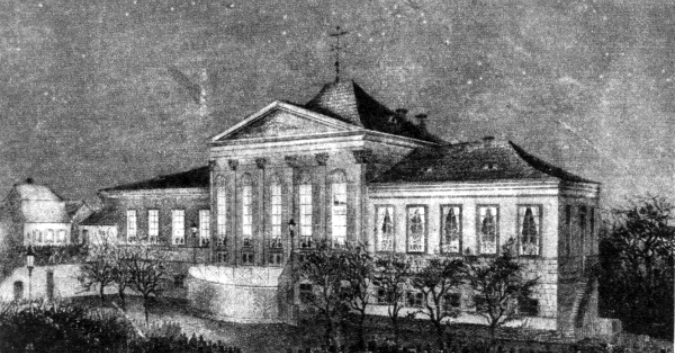
Image: Wiki Commons
The building once stood near Karlovo náměstí and according to sources was not very well equipped. The water, which was allegedly medicinal, had to be carried from the source behind the building to the baths. Two legends concern the spas’ founding. According to one, Count Prince Wenceslas, better known as St. Wenceslas, saw a deer scratching the ground. Upon investigation he found a spring. The prince liked the water’s taste and decreed that a well be established for all. In the other story Charles IV established the spa and named it for Prince Wenceslas. The spa was rebuilt in 1844 and four years later it was the meeting place of young political reformers who, influenced by events in the rest of Europe, demanded in 1848 greater constitutional freedoms.
Source: Eva Hrubešová and Josef Hrubeš, Toulky Pražskou Minulostí (Strolls through Prague’s Past); Peter Demetz, Prague in Black and Gold
Novoměstské divadlo (New Town Theater)
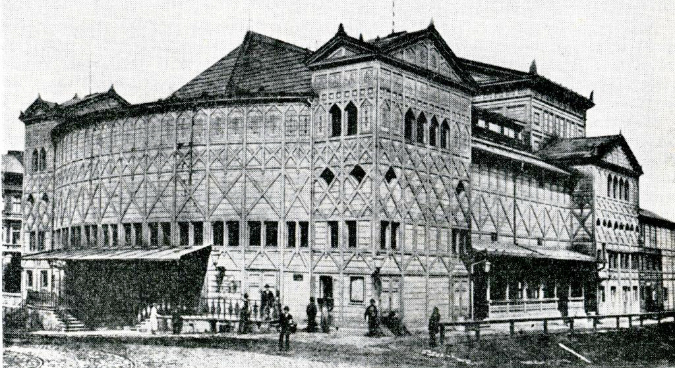
Image: http://www.theatre-architecture.eu
The New Town Theater stood near the site of today’s State Opera House. Made of wood, it was built in 1858 and had a 3,000 seat capacity. The theater lost audiences to the Provisional Theater, which was later incorporated into the National Theater.
Nové české divadlo (New Czech Theater)
Near the top of Wenceslas Square close to the corner of Žitná and Škrétova Streets was the wooden New Czech Theater. Built in 1876, the wooden theater sat 2200 people and served as a summer stage alongside the Provisional Theater. It became obsolete only seven years later when the Czech National Theater was opened. Two years later it was demolished. It’s hard to say, given that both theaters were made of wood, whether they would have survived until today. But they certainly would have been unique sights in their day among the cornices and spires.
Source: Masaryk University study guide
Cíkanova synagoga (Gyspy synagogue)
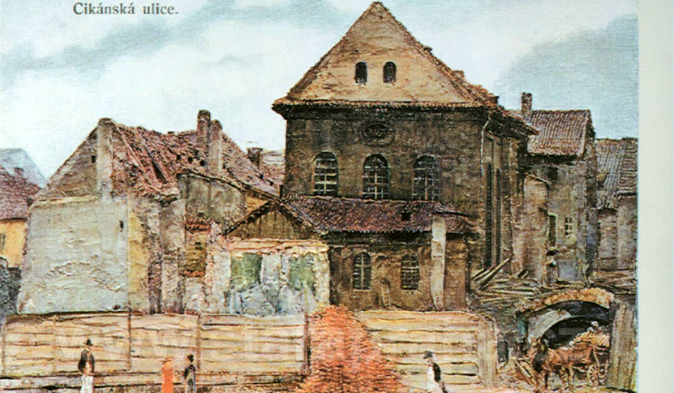
Image: http://www.old-prague.com
The synagogue was one of the many buildings demolished in the clearance of Josefov at the turn of the twentieth century. The synagogue is notable as the place where Franz Kafka had his bar mitzvah ceremony. The building got its name from its location on Cíkanova Street.
Source: Jiří Fielder, Židovské památky v Čechách a na Morově
Krocínova Kašna (Krocín’s Fountain)
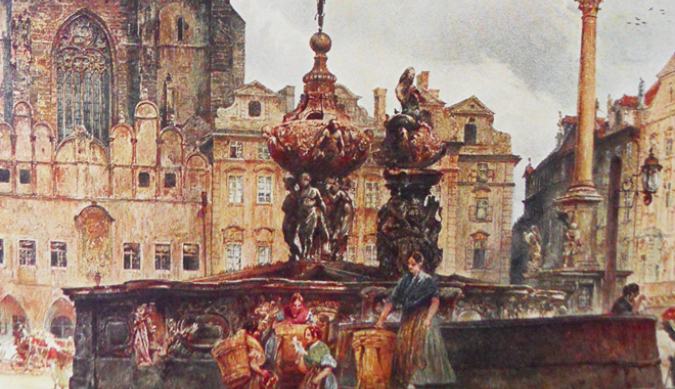
Image: Wiki Commons
Built in 1591 on the Old Town Square under the auspices of the then mayor Václav Krocín, the fountain was later demolished in 1862. Interestingly, little is known about the designer of this red marble fountain, which met its end when the city council voted to use parts of it to build another fountain elsewhere in the city. However, the council’s decision was found to be illegal. (Sound familiar?) Today remnants of the fountain can be found in the lapidarium of the National Museum at the Výstaviště.
Source: Kateřina Bečková, Zmizelá Praha Staré Město and Josef Teige, Staroměstský rynk
Nádraží Těšnov (Těšnov Station)
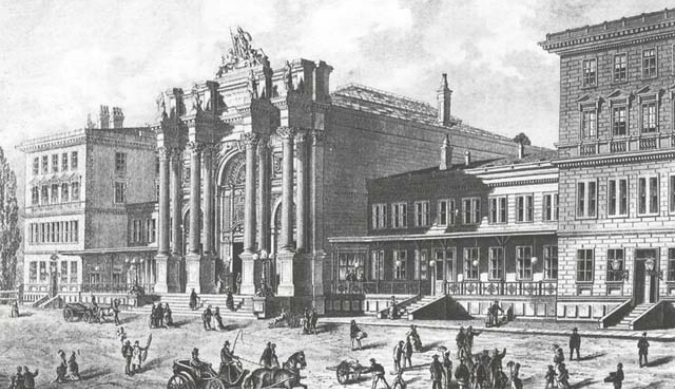
Image: Wiki Commons
The station once stood where the flyover which runs over the district of Florenc. Today an empty plot of land across from the McDonald’s is all that remains. Originally, the station was called Praha-severozápadní nádraží and served as the end station of the Northeastern line. Designed by the Viennese professor of architecture, Karl Schlimp, the former building is regarded as one of the most beautiful stations in Central Europe during its time. In 1919, the station was changed to Denisovo nádraží, in honor of French historian Ernest Denis, who specialized in Czech history. Under the Nazis, the station became Praha – Vltavské nádraží. In 1953, the name was finally changed to Praha-Těšnov. Many Praguers, however, knew it as Deniska. The station was demolished in 1972 when the line to Vysočany was discontinued.
Source: Pavel Shreier, In Memorium
Most císaře Františka I (Emperor Francis I Bridge)
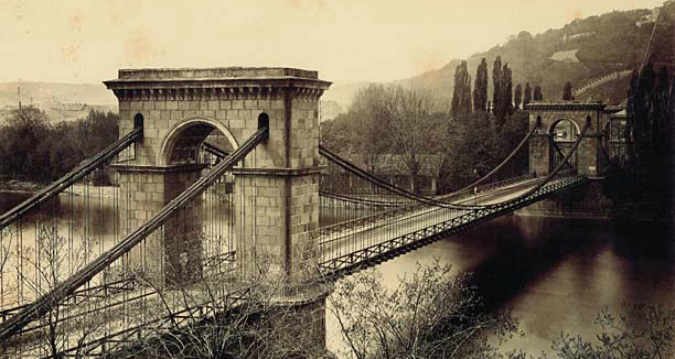
Image: Wiki Commons
More commonly known as the Chain Bridge (Řetězový most), on accounts it was a chain suspension bridge, the bridge once stood from 1848 to 1891 where Most Legií is now. It was the second permanent bridge across the Vltava, built about five hundred years after Charles Bridge’s completion. An interesting feature of the bridge was the two arches at either end, though an earlier design included an additional two central arches. The bridge’s wooden boards were not suitable for tram tracks, so people had to disembark at one end and cross the bridge on foot and, if they wanted, continue in another tram at the other side.
Sources: Jiří Streit, Divy Staré Prahy and Jaroslav Láník: Historie a současnost podnikání v Praze
**
Read about more long-lost Prague structures here.











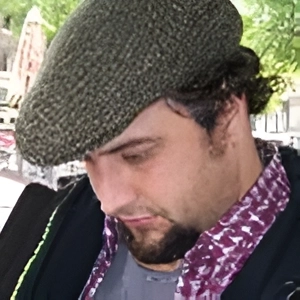
 Reading time: 4 minutes
Reading time: 4 minutes 